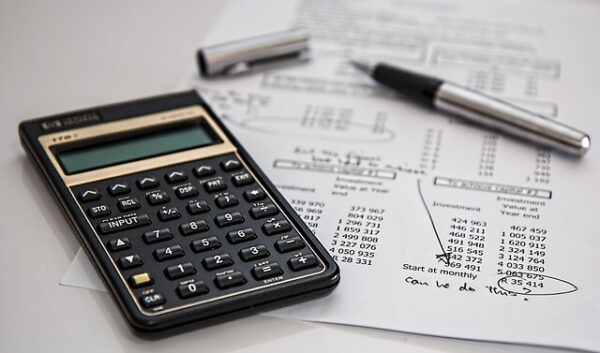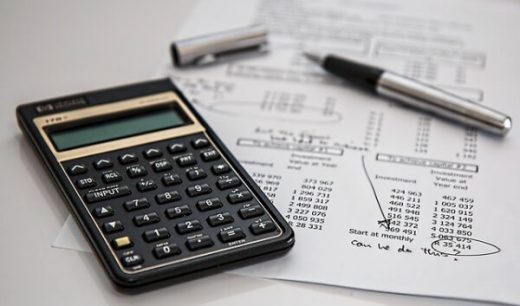Automation Tech for Full Cycle Accounting
Every bookkeeper should know the eight basic stages that split up a bookkeeper’s work process. While some of the steps in the accounting cycle have been automated thanks to advanced technologies, understanding how to do the job manually can be crucial for SME accountants who have limited tech support.
The accounting cycle is a primary process for carrying out an enterprise’s bookkeeping-related tasks. It gives accurate information about how to record, analyze, and make final statements of a company’s financial affairs. The accounting cycle functions throughout the entire reporting period, providing data for analyzing monthly, quarterly and annual reports.
Most bookkeepers are fully aware of their enterprise’s financial situation from day to day. Defining how much time you require for each accounting cycle between opening and closing dates is essential. As soon as the current cycle comes to an end, another cycle begins, launching a new round of accounting cycle steps.

Stages of the Accounting Cycle
- Identifying transactions. The accounting cycle begins with identifying multiple transactions, each of which should be entered into a ledger. Enterprises can use point of purchase (POP) technology connected with their ledgers to record sales and purchase transactions.
- Recording transactions into a journal. The next stage in the accounting cycle is creating a journal for all transactions. Although with POP technology you can both identify and record transactions, enterprises have to keep an eye on both income and expenses for accrual accounting.
- Posting. After you have made entries of all transactions to your journal, you should post them in a ledger that classifies all accounting operations and enables you to monitor balances and income.
- Unadjusted trial balance. When the accounting period ends, you should calculate a trial balance that lists ledger account balances before any adjusting entries are made to create financial statements. This helps clarify unadjusted entries to the enterprise. A trial balance can only be used for double-entry bookkeeping systems, and will not work for single-entry systems.
- Worksheet. The end goal of bookkeeping is to balance debits and credits. A worksheet is used to adjust balances. If there are some errors or variances, they will have to be fixed.
- Fixing variances in a journal. At this stage, a bookkeeper records all the variances and errors to the journal.
- Financial statements. After the adjusting entries are made to the journal, the bookkeeper writes financial statements.
- Closing the ledgers. The final step of the accounting cycle is closing the ledgers on the designated closing date. Then, the entire cycle begins again for the next reporting period.
The 8-Step Accounting Cycle Makes Things Easier
This process simplifies accounting for bookkeepers and experienced business people. It enables them to clarify the accounting process, be consistent and accurate, and provide an in-depth analysis of a business’s financial performance.
Business & Finance Articles on Business 2 Community
(7)


